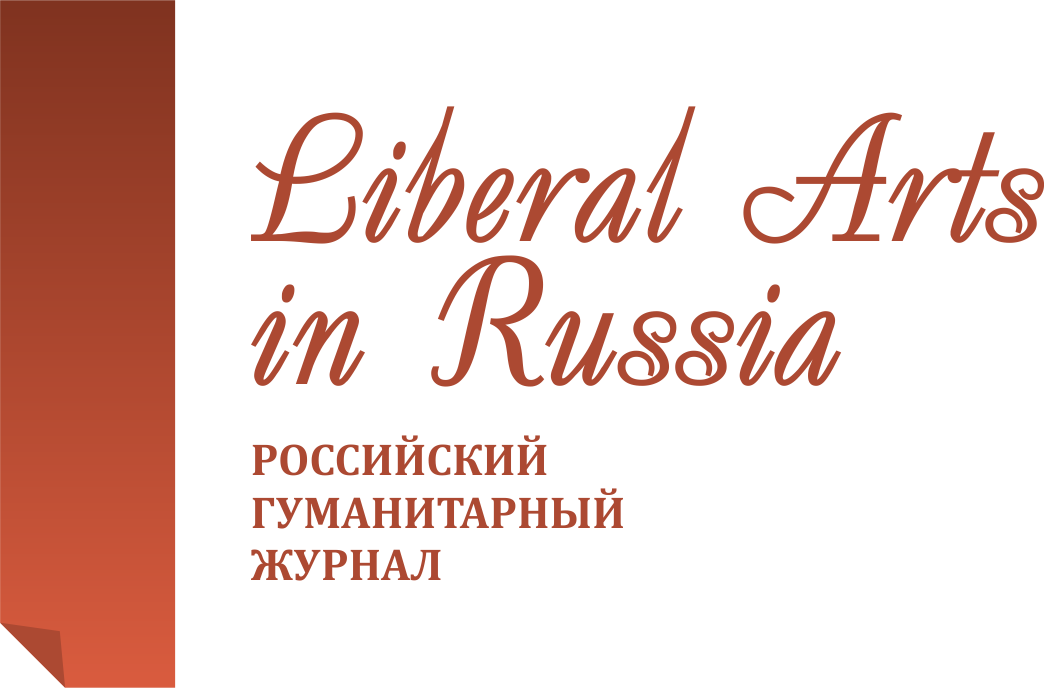Philosophical and theological principles of the existence of name and world in icon representation
Liberal Arts in Russia. 2016. Vol. 5. No. 3. Pp. 302-309.
Get the full text (Russian) Email: simonoff-alex@rambler.ruAbstract
The philosophical and theological principles of the inscription of God’s name are being discussed in this article. The comprehension of the essence of the phenomenon is based on studying of Russian philosophy of the name of the Silver Age, the ideas of which are illustrated with those works of Christian Fine Art where the inscription of God’s name or sacred words play one of the key roles filling cultural artefact with sacred sense. Name and word within the framework of icon representation are understood ontologically because with the help of them specific spiritual, abstract “mechanism” of icon carries out its work. In other words this “mechanism” means dialectical co-presence of Pre-image and image or visible and invisible. The inscription of God’s name and word shows one of the essential, doctrinal concepts of Christian tradition - God’s appearance to the world. Besides, specific “history of a letter” in icon is being worked out in the article on the basis of theological and philosophical comprehension of the phenomenon of the name and word. It presents itself a special methodology of a view on the tradition of Christian Art with the purpose of “jumping” at the extent of verbal filling of visual representation. Works of Christian Art from the first centuries of its existence to the masterpieces of Russian icon-painting of the 17th century are visual material when studying “the history of painting”.
Keywords
- • icon
- • name
- • the essence and energy of God
- • word
- • image
- • pre-image
- • ichthys
- • Alpha and Omega
- • hrisma
References
- Belyaev L. A. Al'fa i Omega. Pravoslavnaya entsiklopediya. Moscow: Pravoslavnaya entsiklopediya, 2000. Vol. 2. Pp. 83-86.
- Bulgakov S. N. Filosofiya imeni [Philosophy of the name]. Parizh: YMCA-PRESS, 1953.
- Vorob'eva T. Yu. Vestnik PSTGU. Seriya V. Voprosy istorii i teorii khristianskogo iskusstva. 2012. No. 2(8). Pp. 29-40.
- Dionisii Areopagit. Korpus sochinenii. S tolkovaniyami prep. Maksima Ispovednika [Collection of works. Commented by St. Maximus the Confessor]. 4 ed. Saint Petersburg, 2010.
- Kartashev A. V. Vselenskie sobory [Ecumenical councils]. Minsk: Izdatel'stvo Belorusskogo Ekzarkhata - Belorusskoi Pravoslavnoi Tserkvi, 2008.
- Losev A. F. Bytie - Imya - Kosmos [Genesis - Name - Space]. Moscow: Mysl', 1993.
- Samsonova I. V. Teoriya i praktika obshchestvennogo razvitiya. 2013. No. 1. Pp. 270-274.
- Florenskii P. A. Ikonostas. Izbrannye trudy po iskusstvu [The iconostasis. Selected works on art]. Saint Petersburg: MIFRIL, 1993.
- Florenskii P. A. Sochineniya [Works]. V 4 t. [Works]. Moscow: Mysl', 1996. Vol. 2.
- Florenskii P. A. Sochineniya [Works]. V 4 t. Moscow: Mysl', 2000. Vol. 3(1).
- Florenskii P. A. Sochineniya [Works]. V 4 t. Moscow: Mysl', 2000. Vol. 3(2).
- Chekal' A. G. Shrift v ikone i ikonicheskii tekst. URL: http://www.nesusvet.narod.ru/ico/books/chekal.htm
